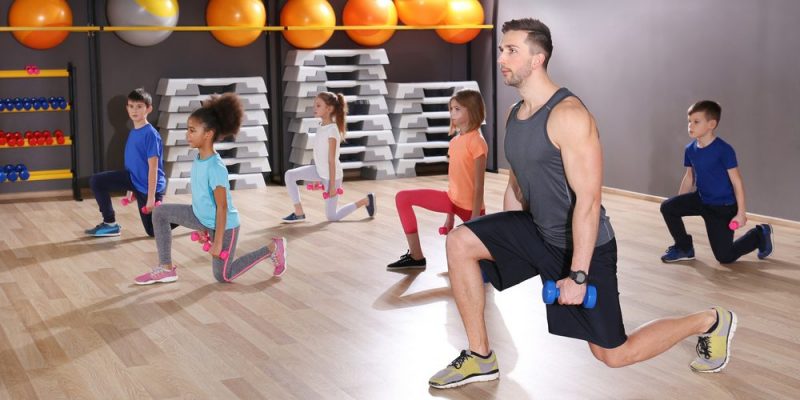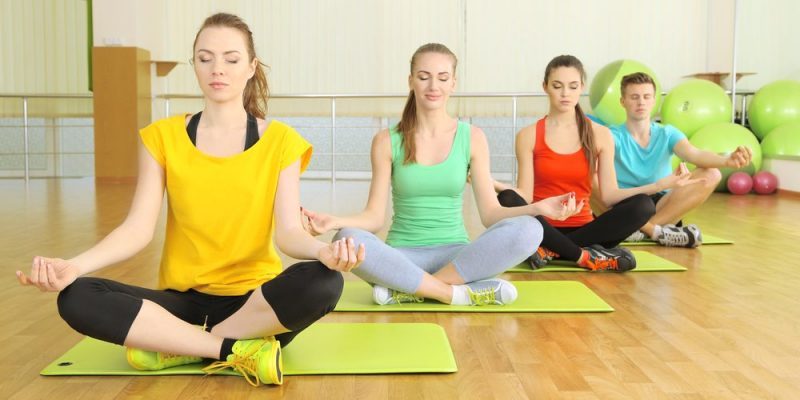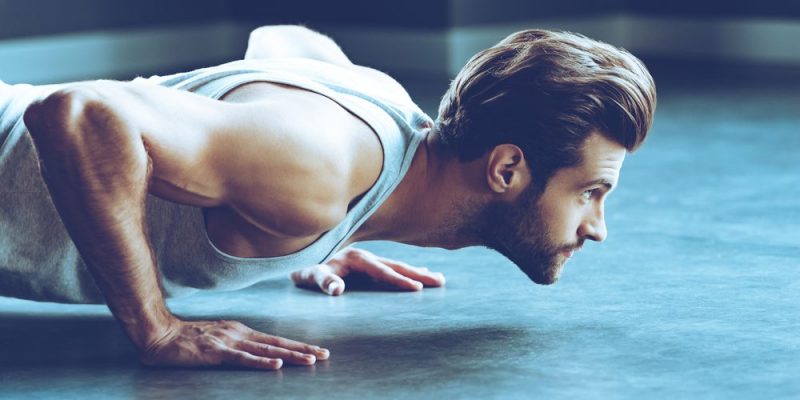We explain what physical education is, its history and what this discipline is for. Also, its importance and difference with sport.

What is physical education?
When we talk about physical education, we are referring to a pedagogical discipline that covers the human body from various physical perspectives, aspiring to a comprehensive education regarding the human body that contributes to care and health but also to sports training and against a sedentary life.
Just as in the various educational bodies the individual is formed mentally and socially, they are taught trades, techniques, knowledge, as well as physical education. Aspires to educate you in the use of your own body, whether recreational and athletic, or simple health and survival, strengthening bones and muscles at crucial stages of human development.
The current trend in physical education is towards exploitation of the adaptability and versatility of the body teaching young people to physically deal with different situations or requirements, and thus increasing their bodily capabilities.
This, furthermore, complemented with an emotional training towards healthy competitiveness towards teamwork and camaraderie, towards valuing difference and respect for human rights, all of which are equally important.
Common in physical education subjects is the practice of sports, athletic and rhythmic exercises, exercise circuits, as well as the approach to group dynamics and cooperative activities.
See also: Physical culture
History of physical education
Human beings practiced physical education in ancient times forming an important part of his conception of culture and coming to conceive great competitions such as the marathons of Ancient Greece, or Roman wrestling.
In those times, The meaning of this was to train citizens ready for war if necessary, often trying to combine it with philosophical instruction that would achieve a combination of wise man and action.
Modern physical education was born as such at the beginning of the 19th century in the academies of Switzerland and Germany, with various sports, largely inherited from the physical disciplines that the ancient aristocracy, usually linked to military professions, practiced all their lives, such as fencing and horse riding.
Added to this were more popular sports disciplines, and then speed sports, which often combined the body with mechanical tools, such as the bicycle. But it would not be until the 20th century that the first teacher training institutions in physical education would be opened.
What is physical education for?

Physical education is similar to education: the training of the integral individual, who is capable of managing his or her physical, social and mental talents and abilities. In the particular case of physical education, the focus is on the training and maintenance of physical and bodily health, although not exclusively.
This also means training in sports which can serve as a basis for the discovery of innate sporting talents, or as a complement and combat against a sedentary life: it is known that physical inactivity causes weaknesses and metabolic diseases in both youth and adulthood.
Importance of physical education
Body education is not simply for sporting or recreational purposes, nor is it exclusive to athletic types or competitive personalities. It is known that physical exercise has played a vital role in mental, social and physical balance of many literary individuals, scientists or even thinkers.
In this way, physical education is the educational basis for the individual in relation to his own body: you are taught to carry out various efforts in a healthy way, to exercise it, to know its limitations and to put it, if necessary, at the service of a common physical project, such as a team sport.
Differences between physical education and sports

Sports are intrinsic to physical education, as much as calculus is intrinsic to physics, chemistry and mathematics classes. Through sport, muscles and the notion of team are exercised negative emotions and other benefits that accompany its purely recreational aspect are channeled. Physical education, on the other hand, is an educational and pedagogical discipline, which is not exclusive to athletes or athletes, as has been described so far.
See more: Sport
References
- “Physical education” in Wikipedia, The Free Encyclopedia.
- “Physical education” in EcuRed, Knowledge with everyone and for everyone.
- “Teaching Study Plan in Physical Education and Sports” of the Metropolitan University for Education and Work (UMET) in Argentina.





